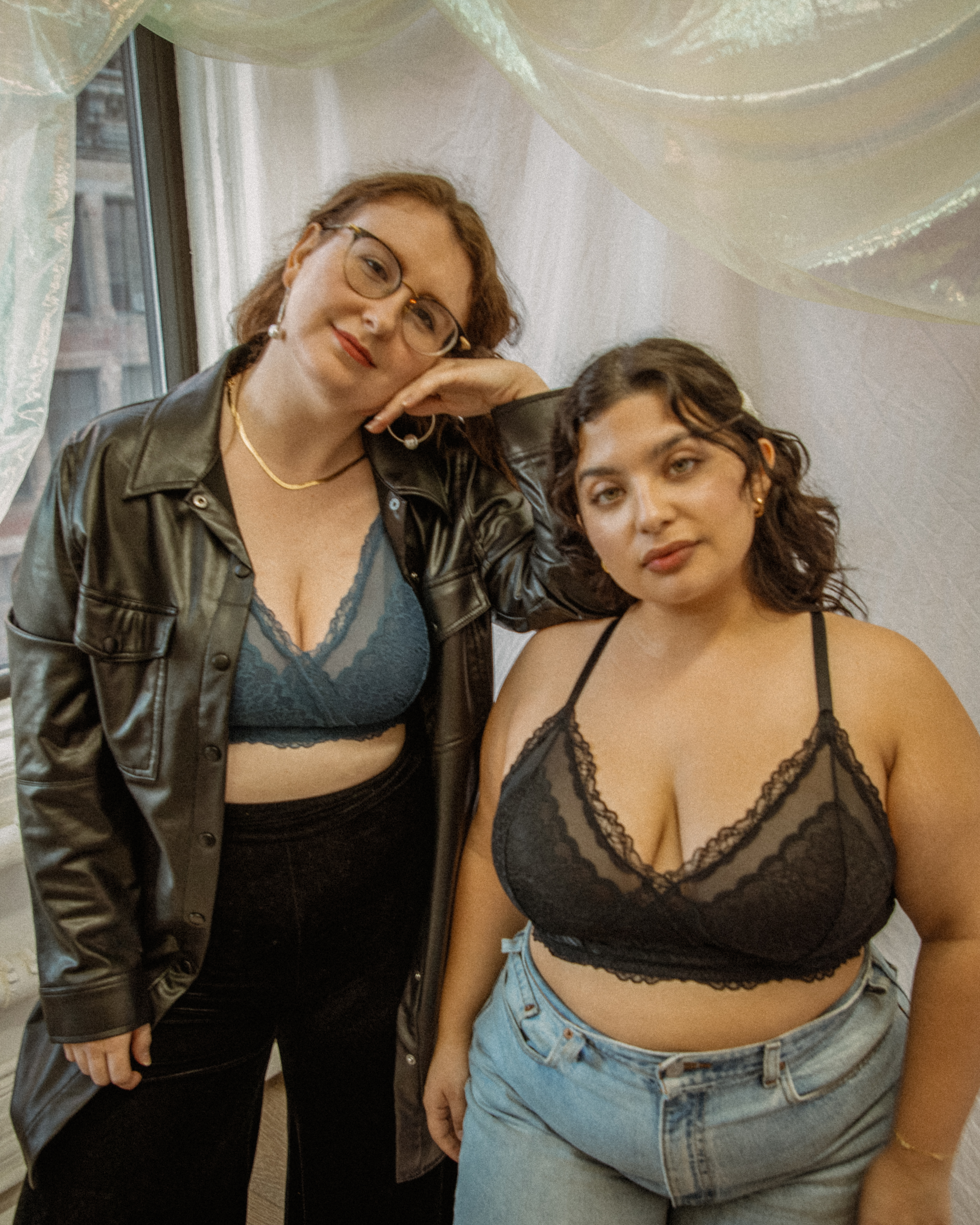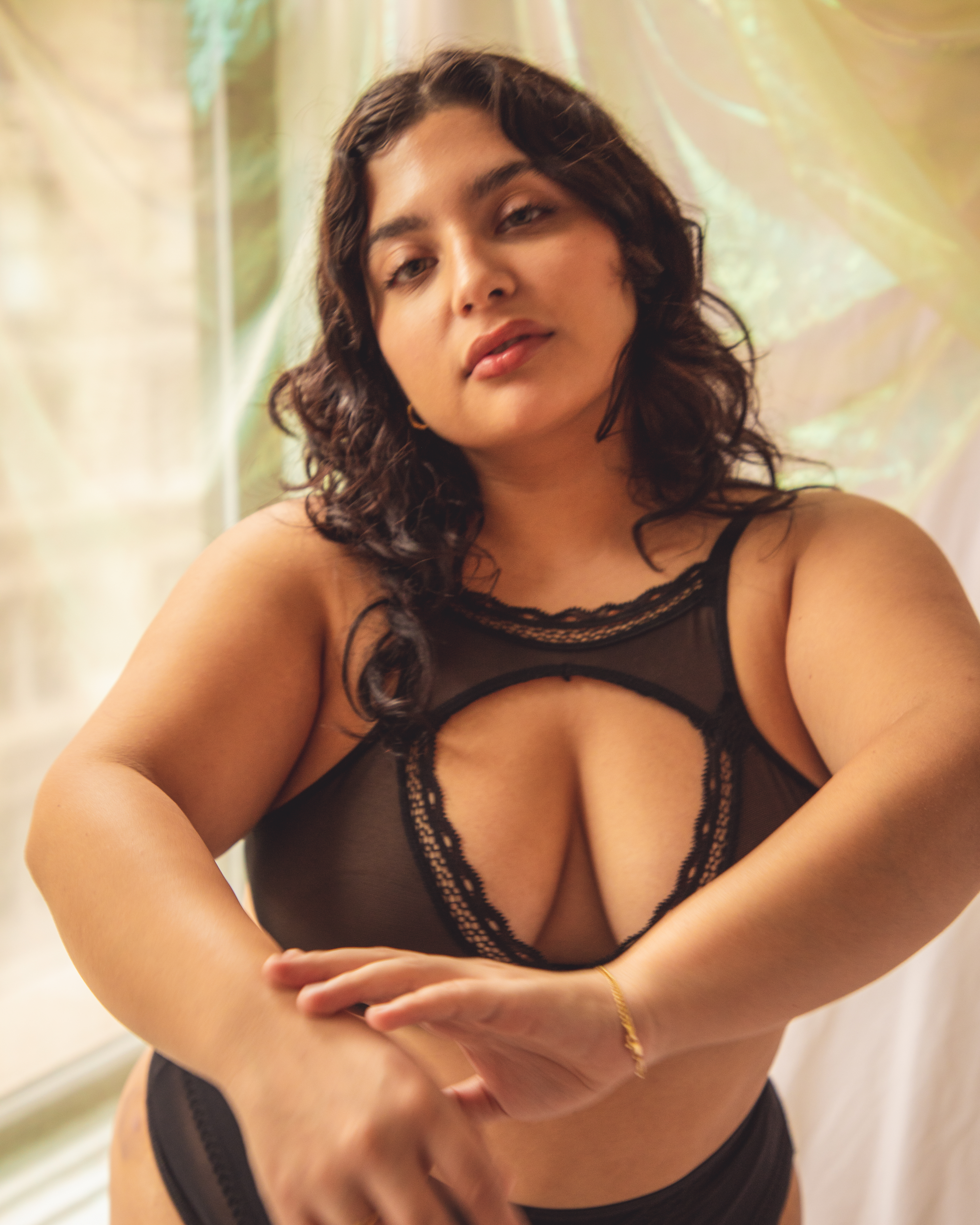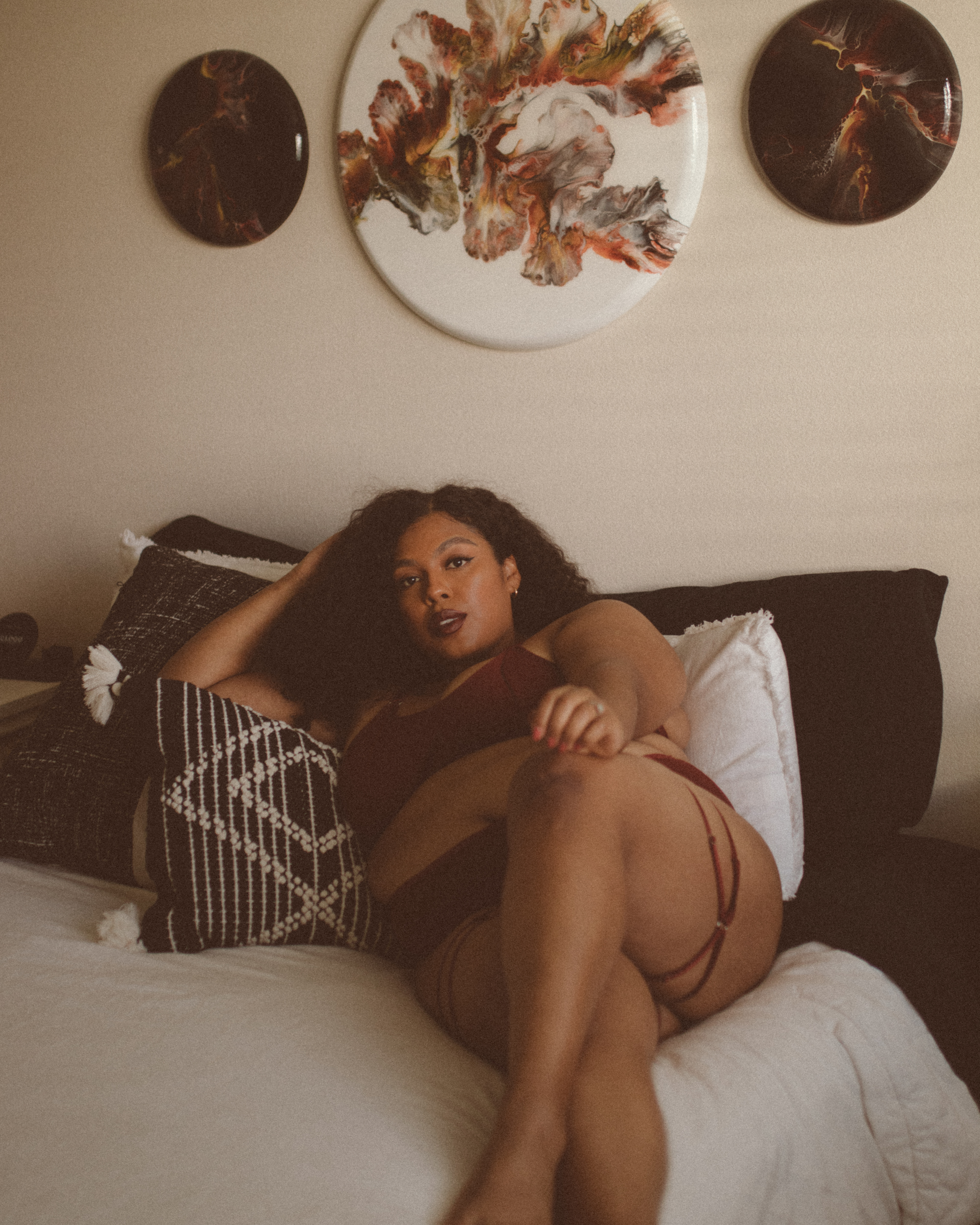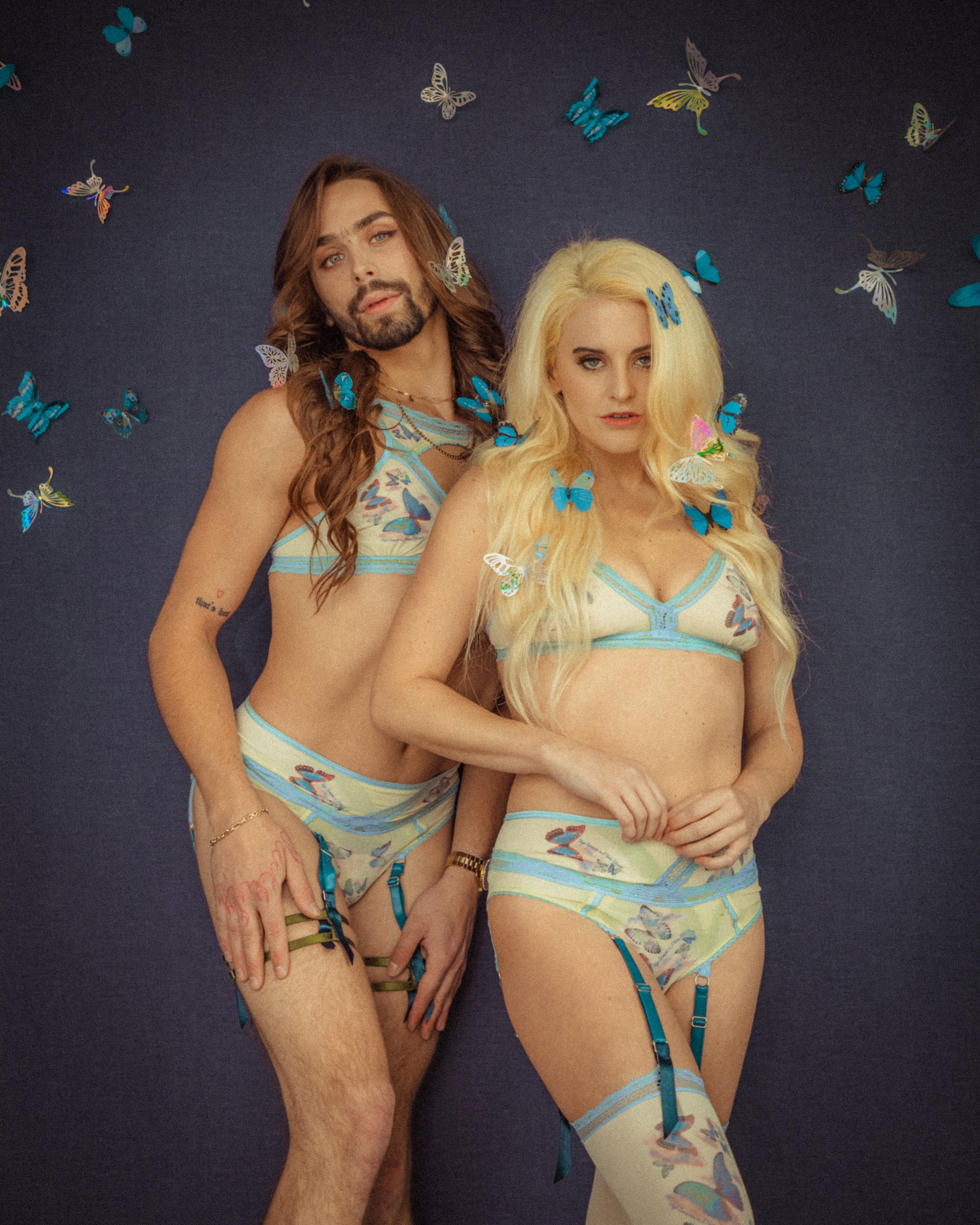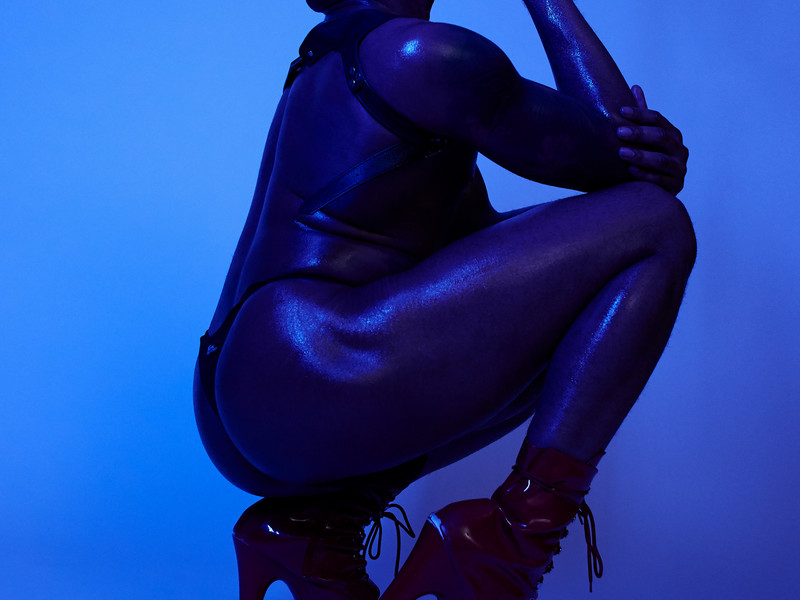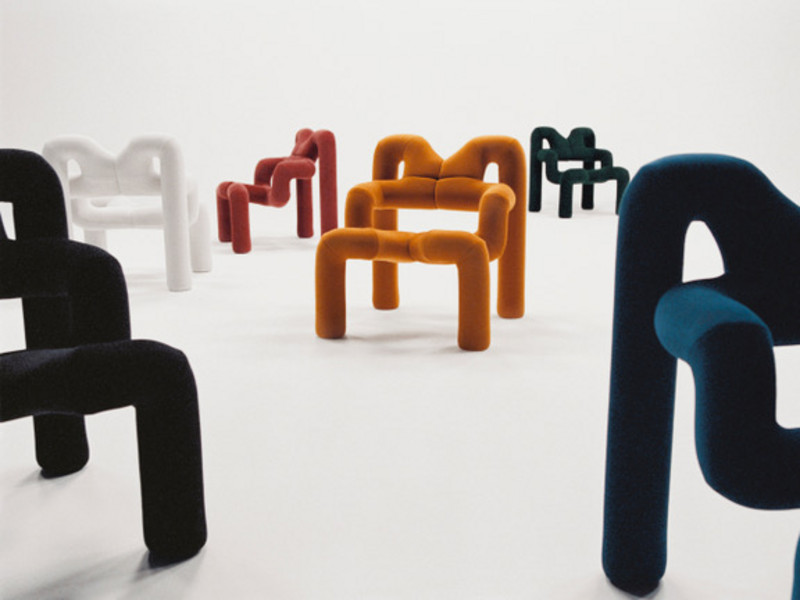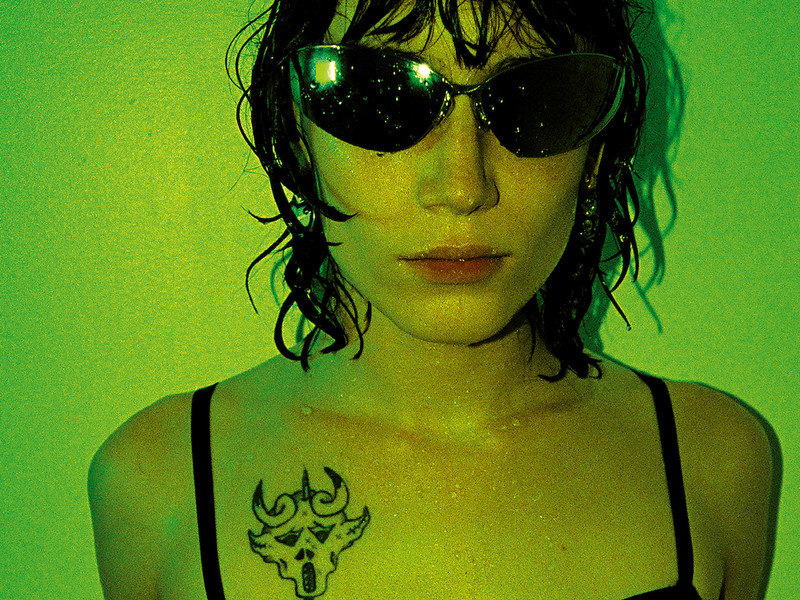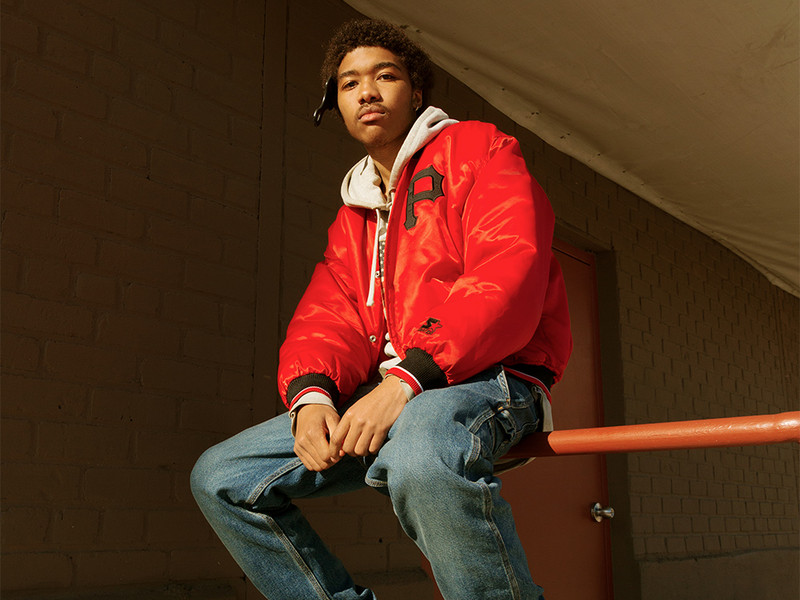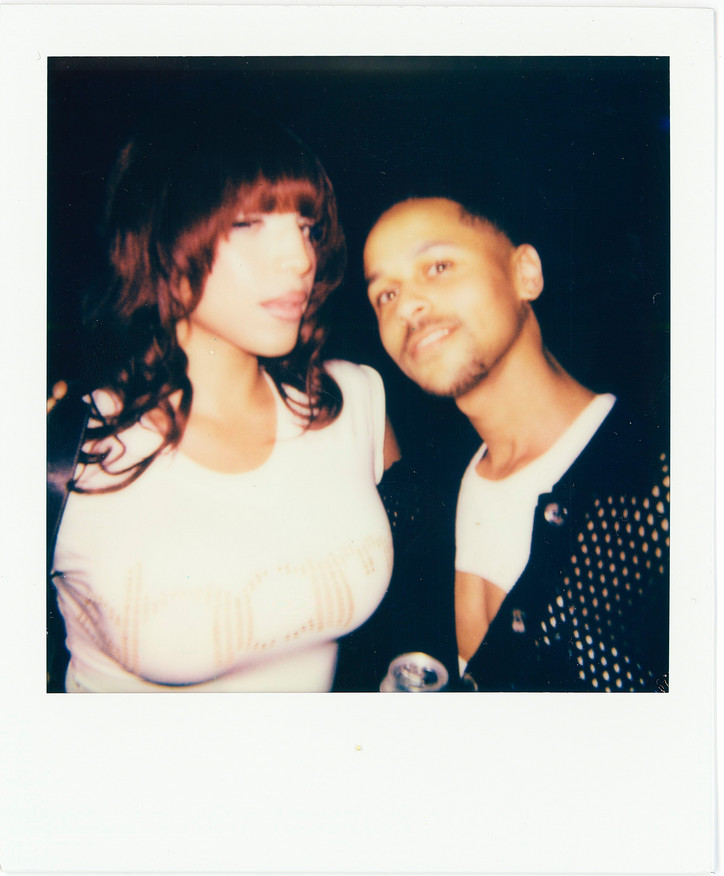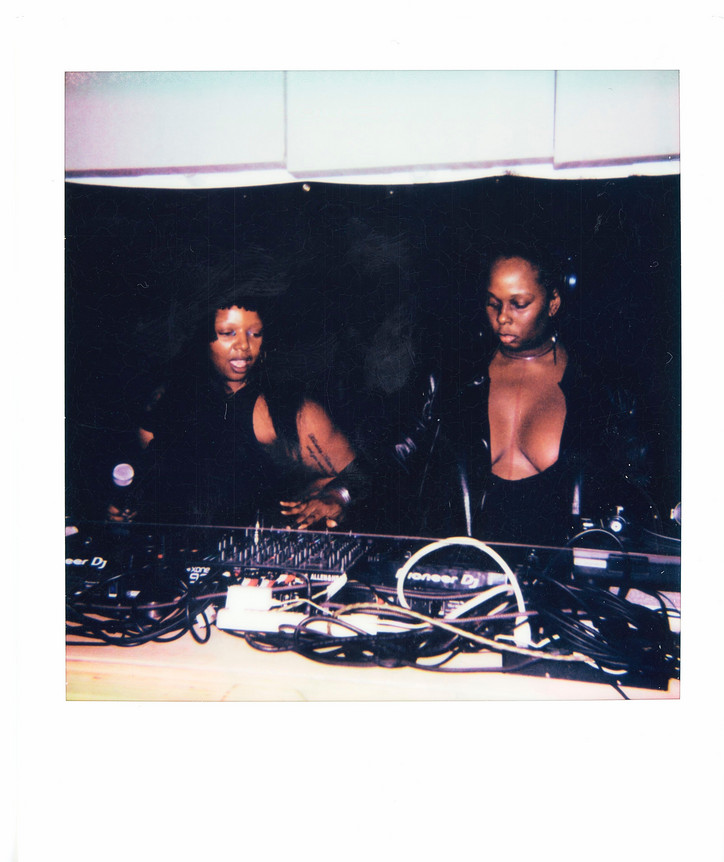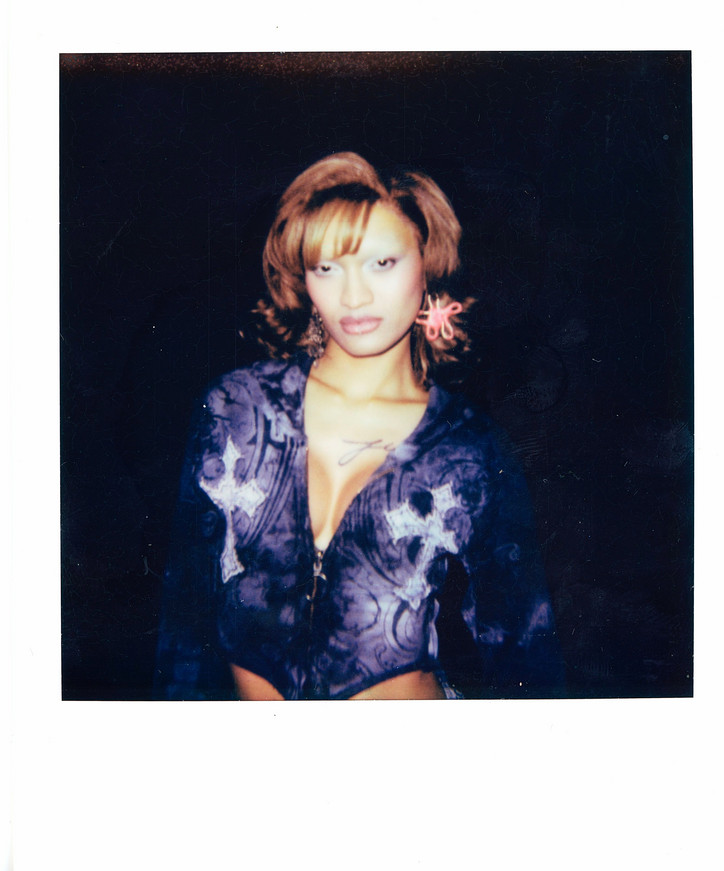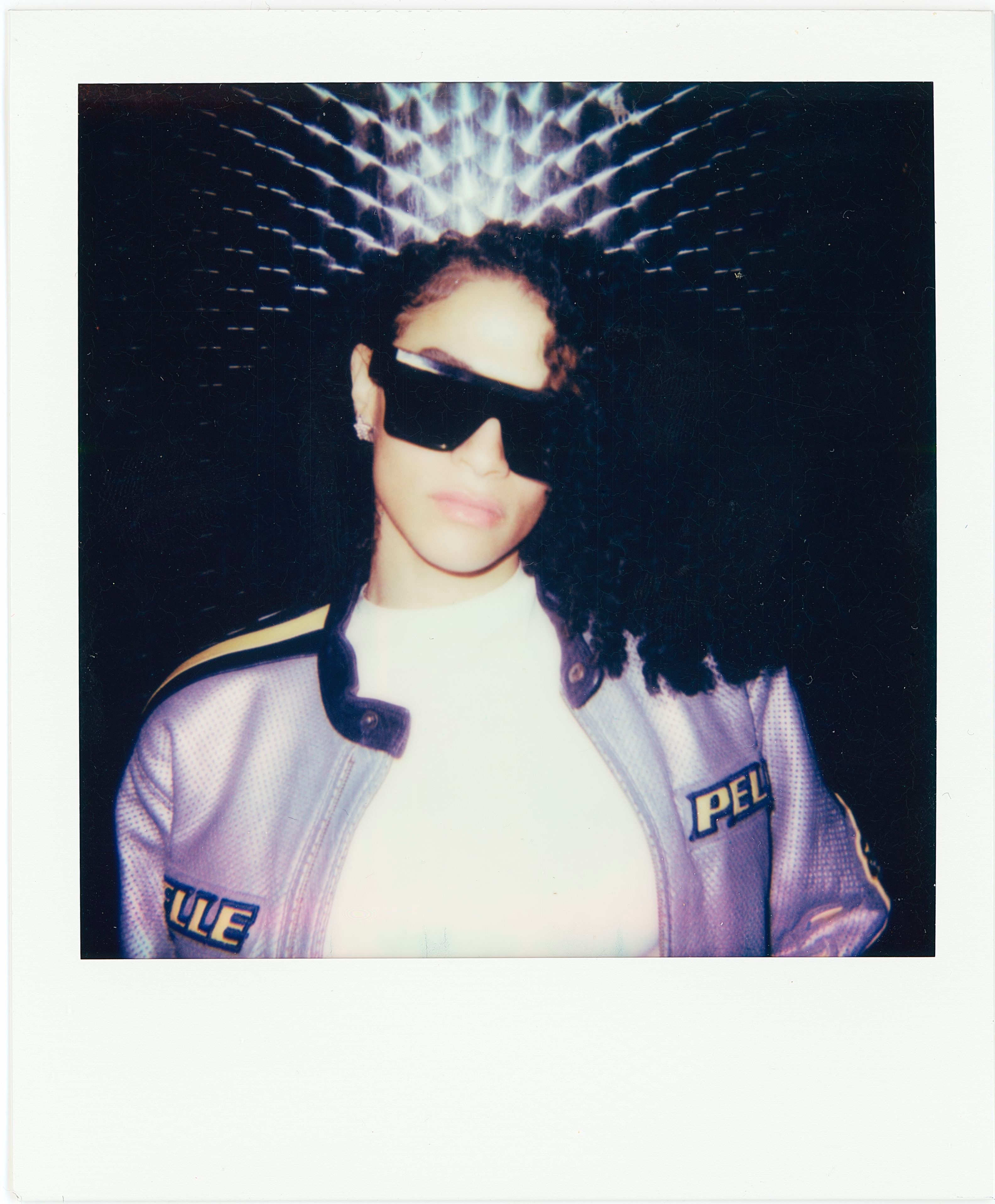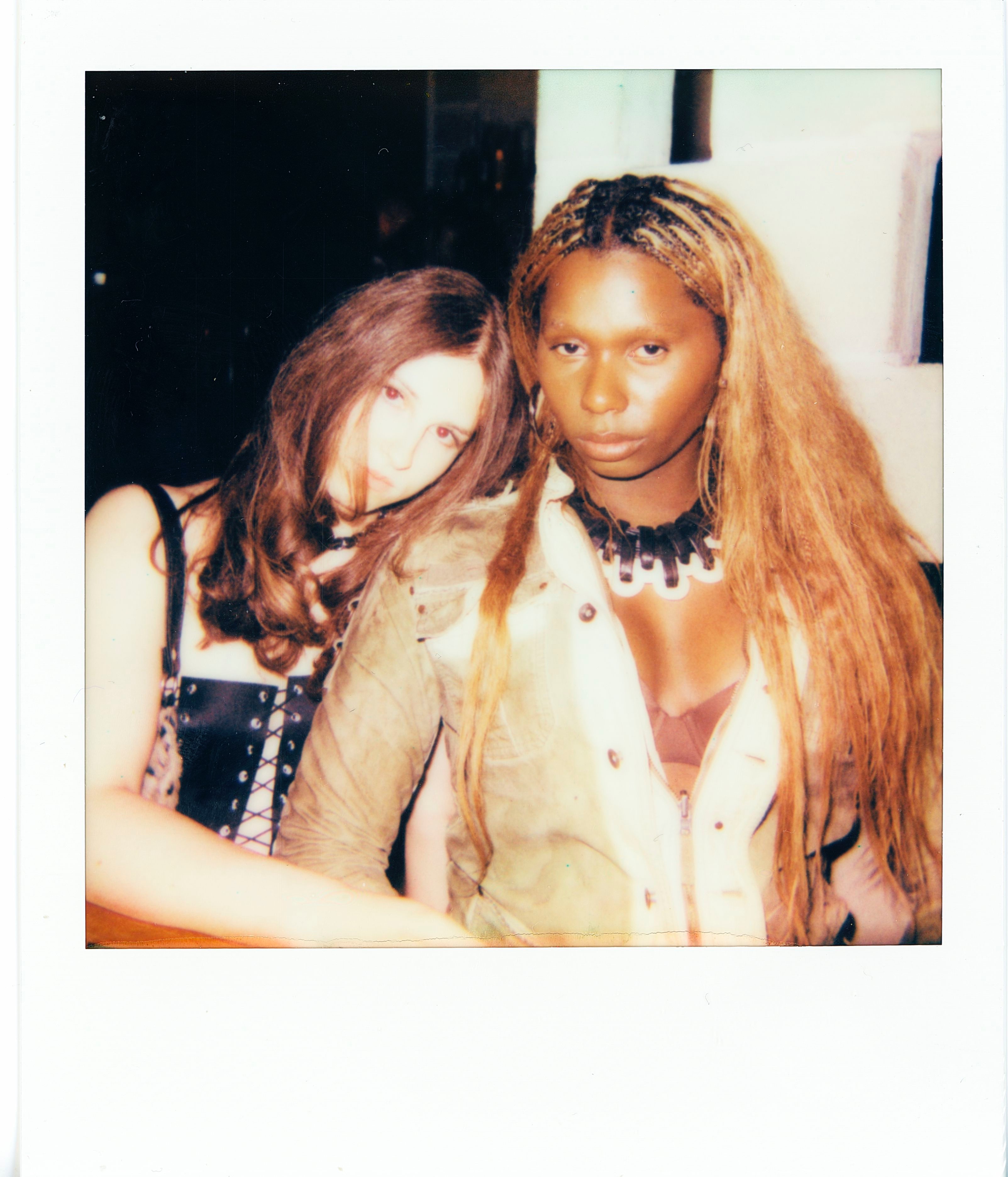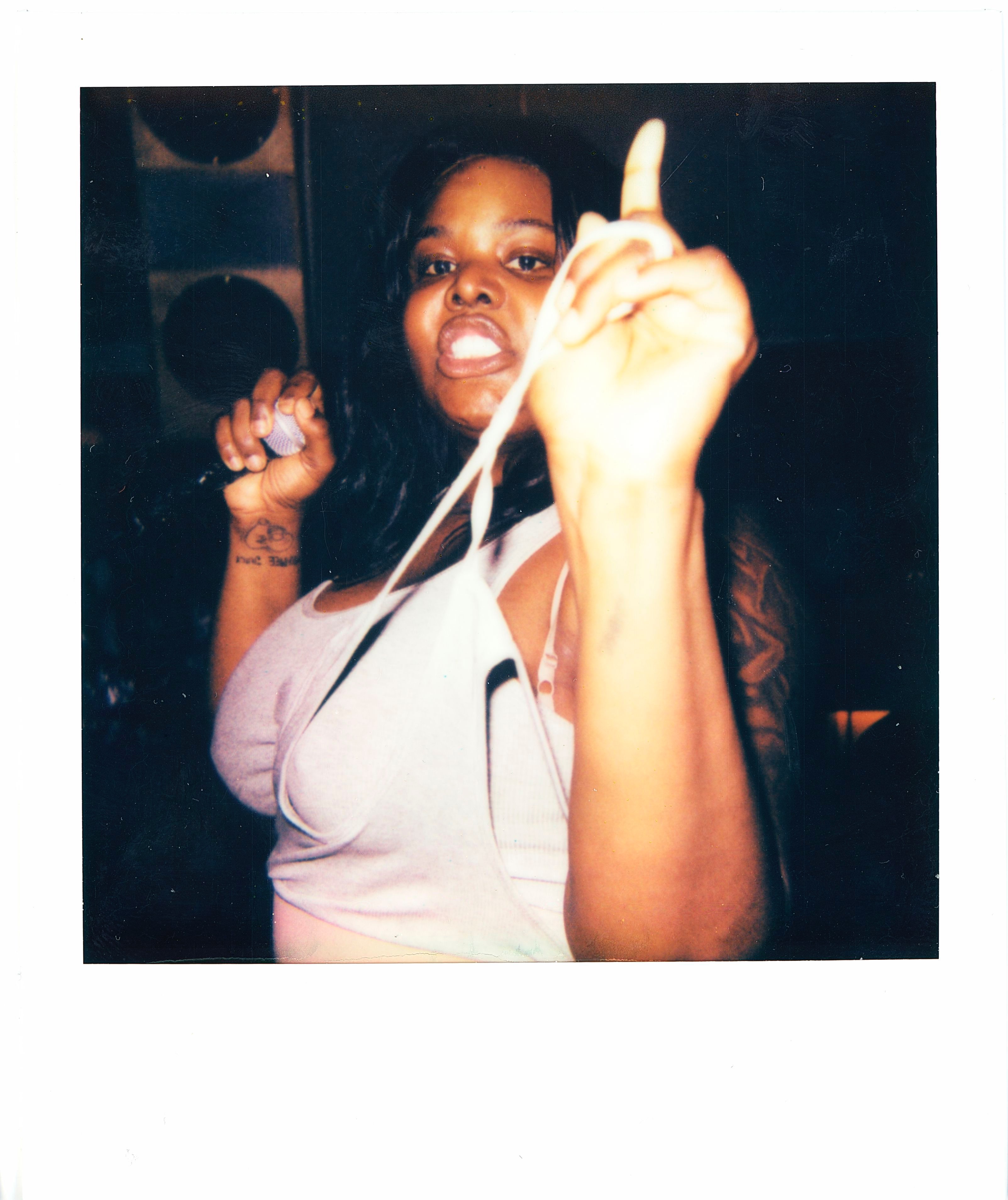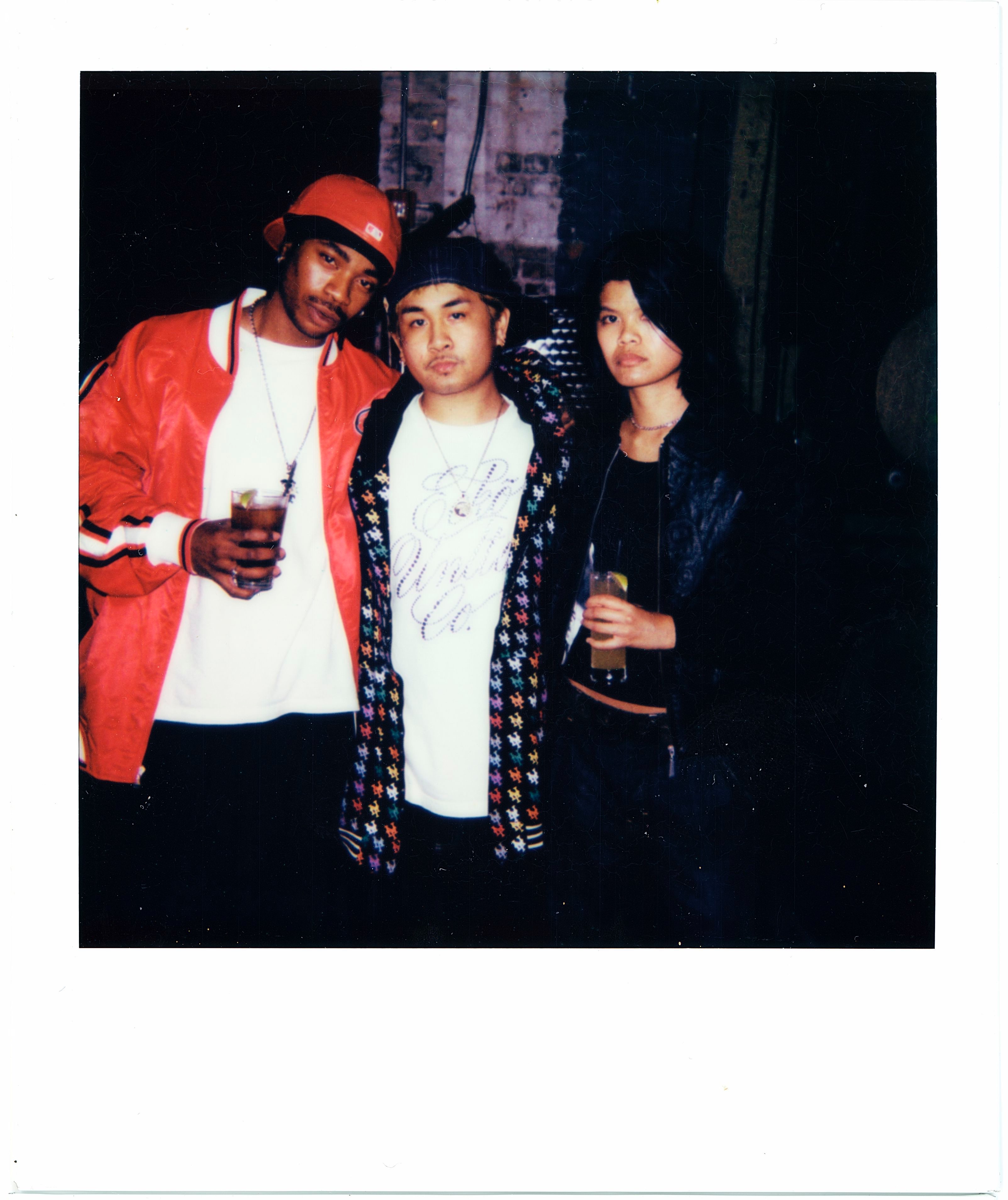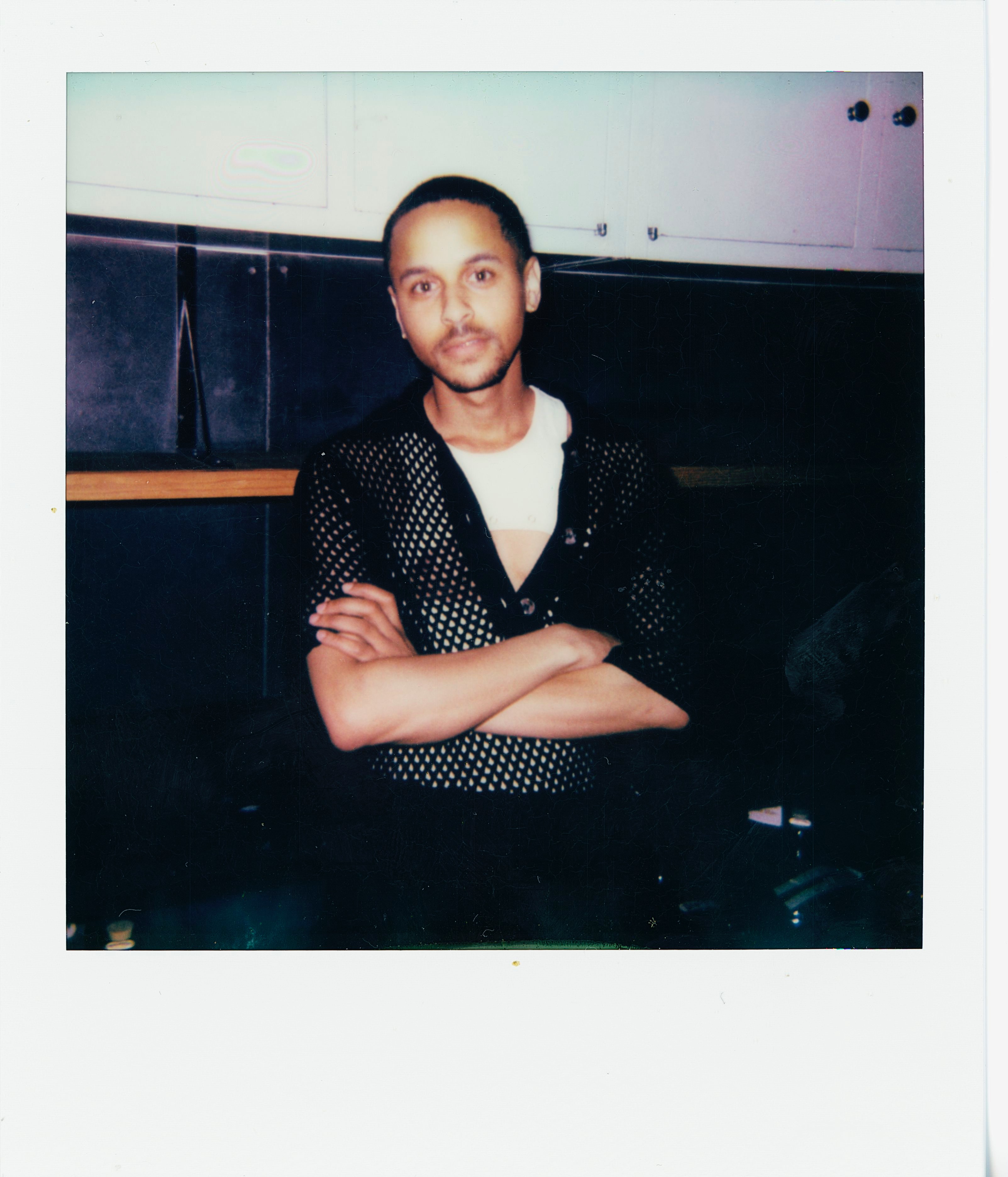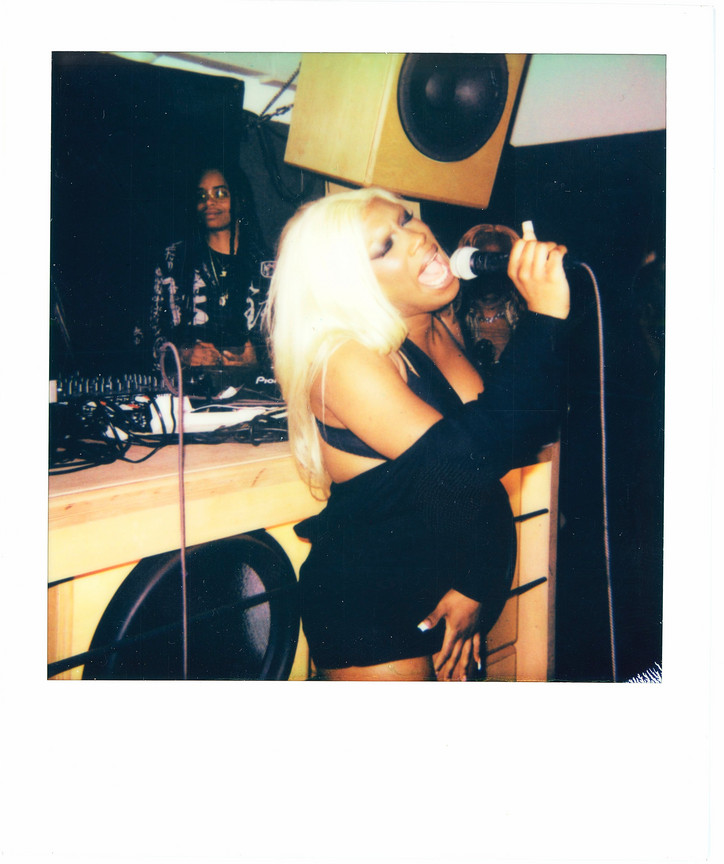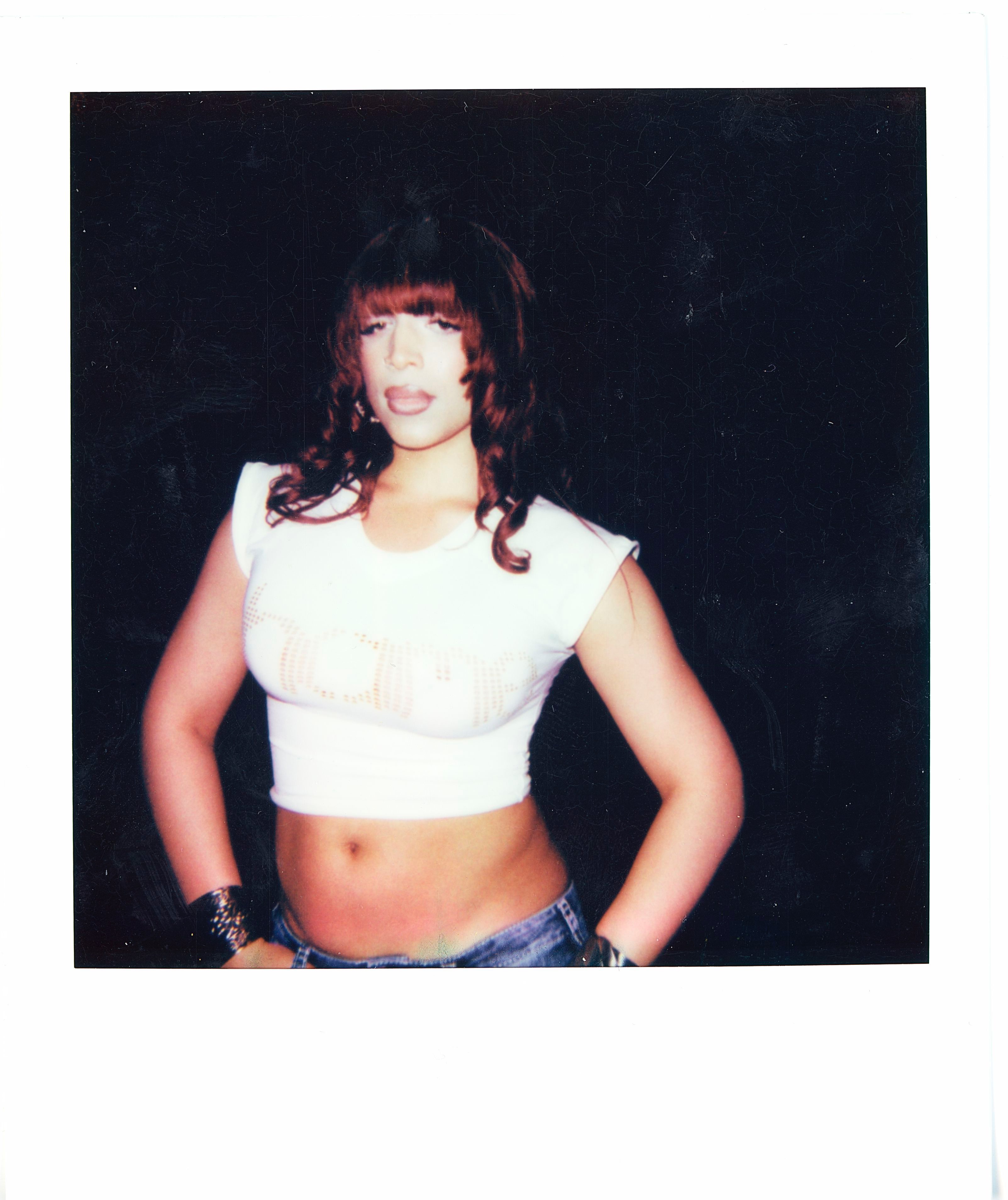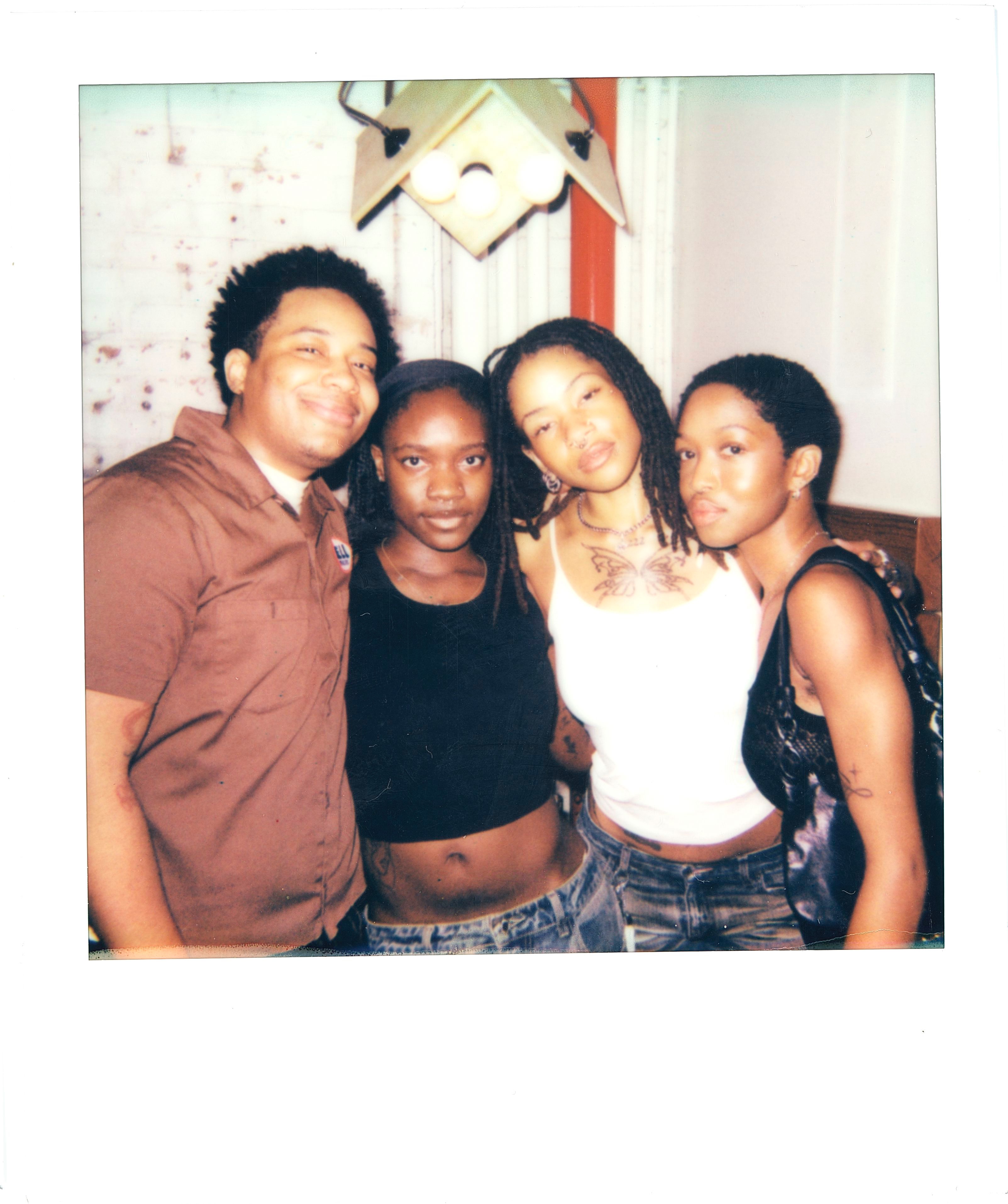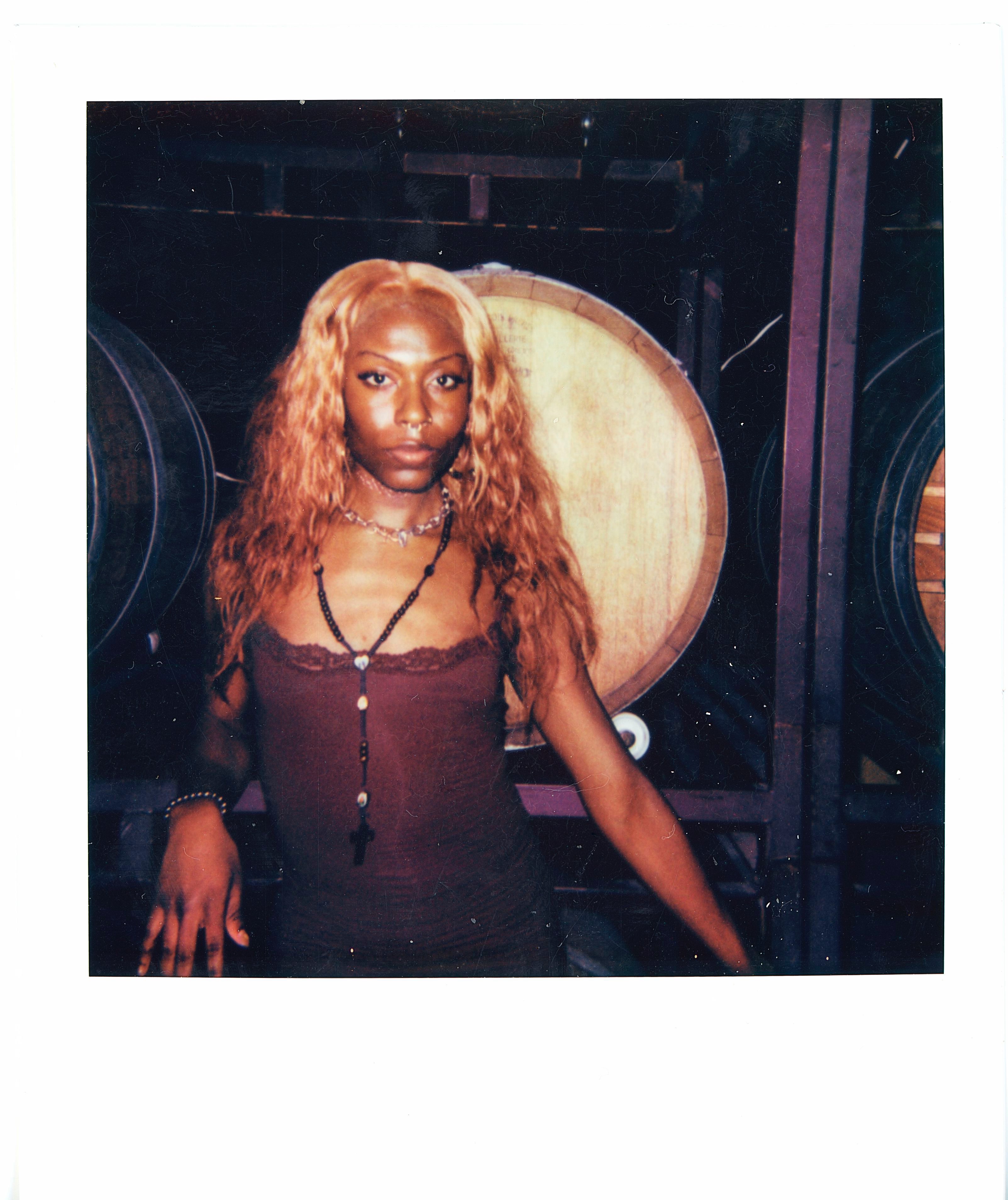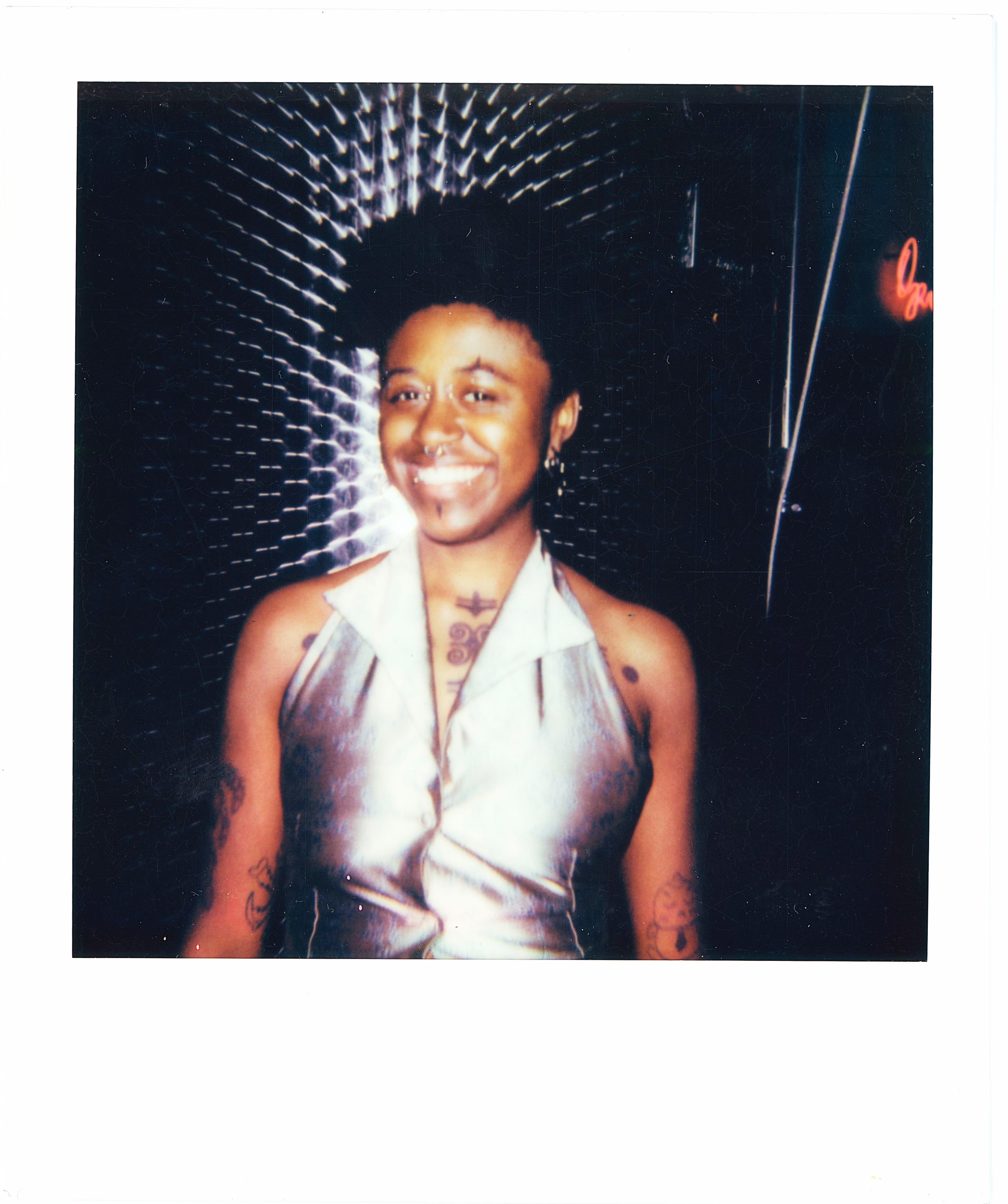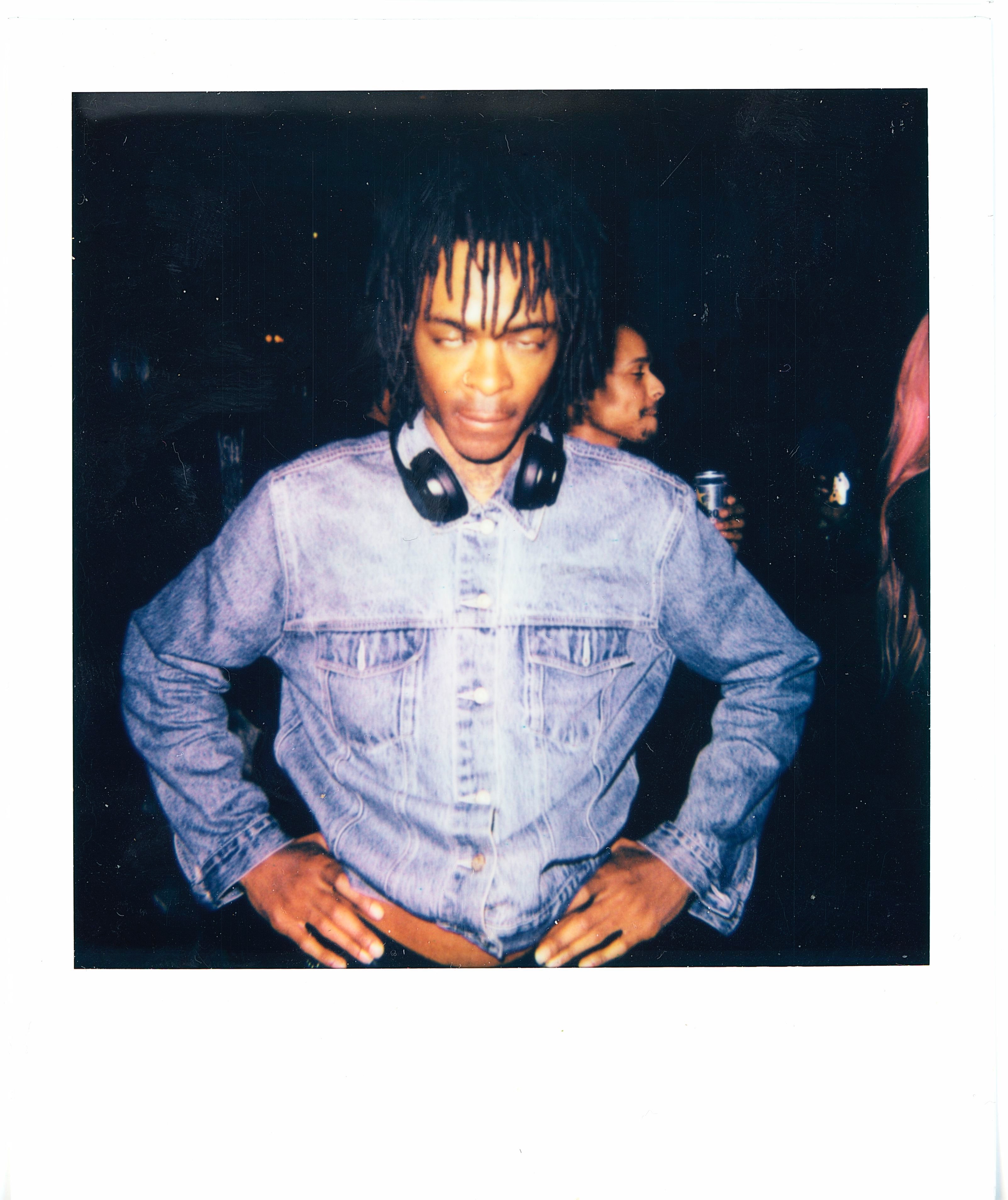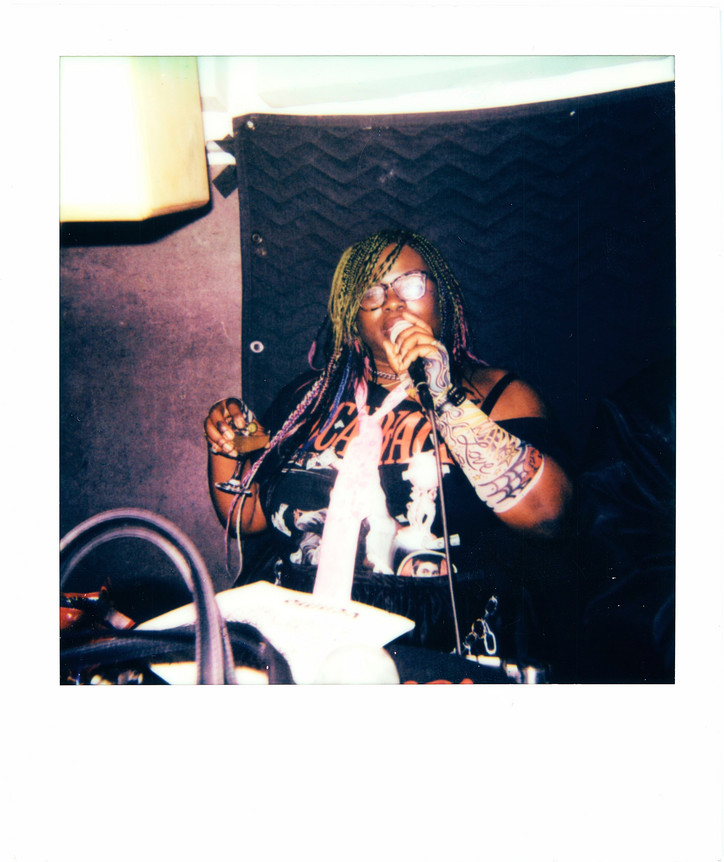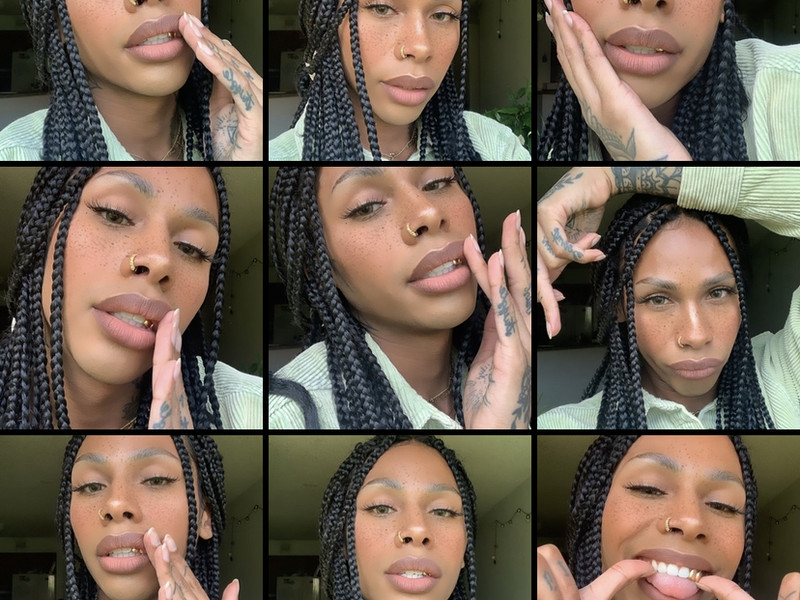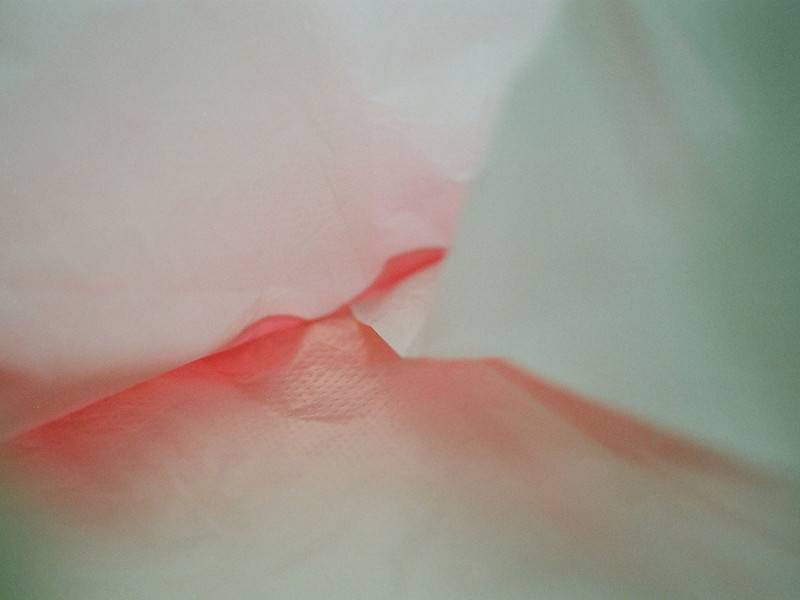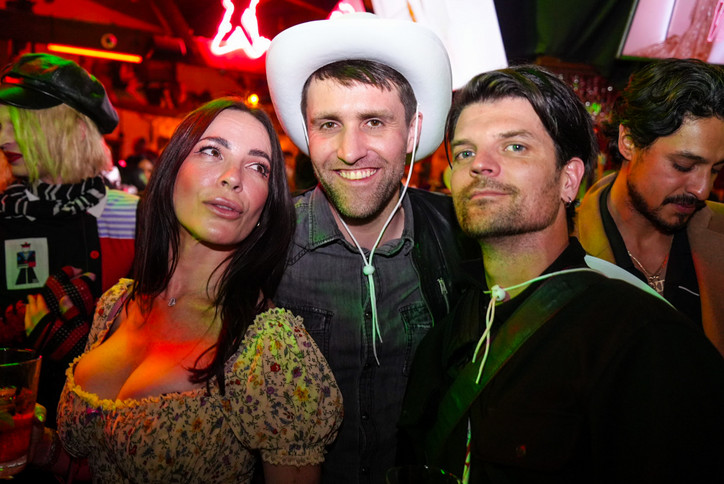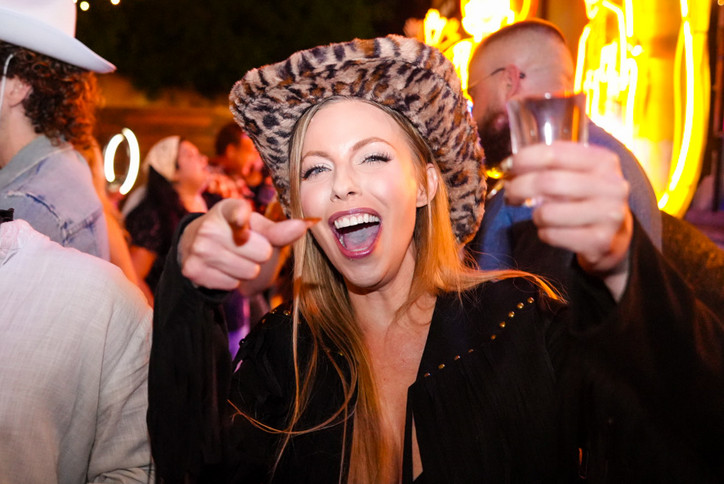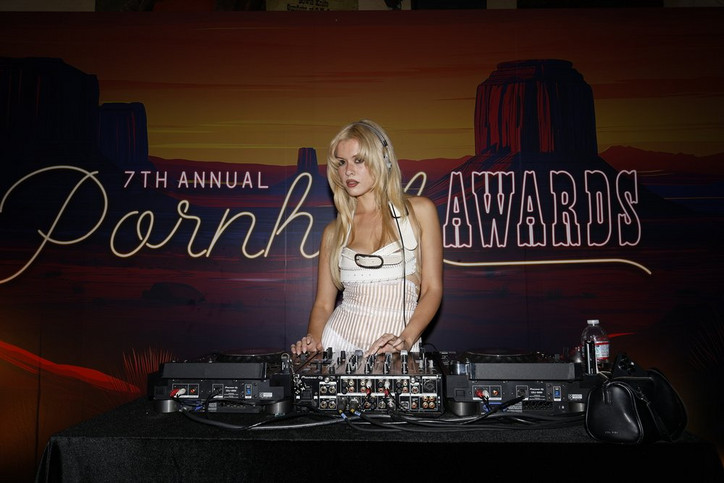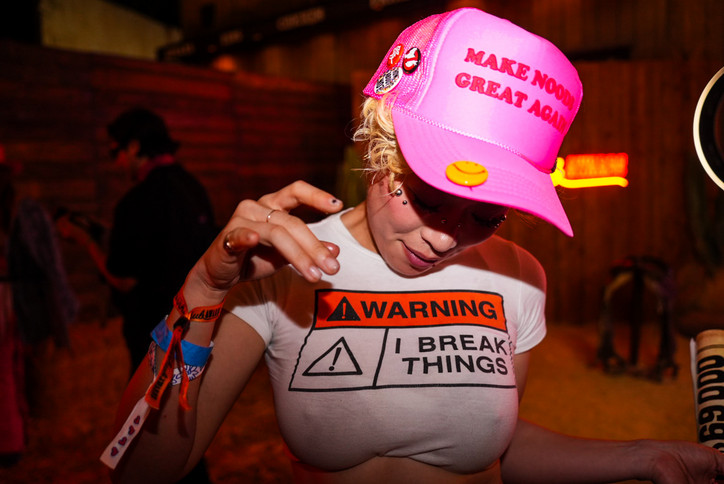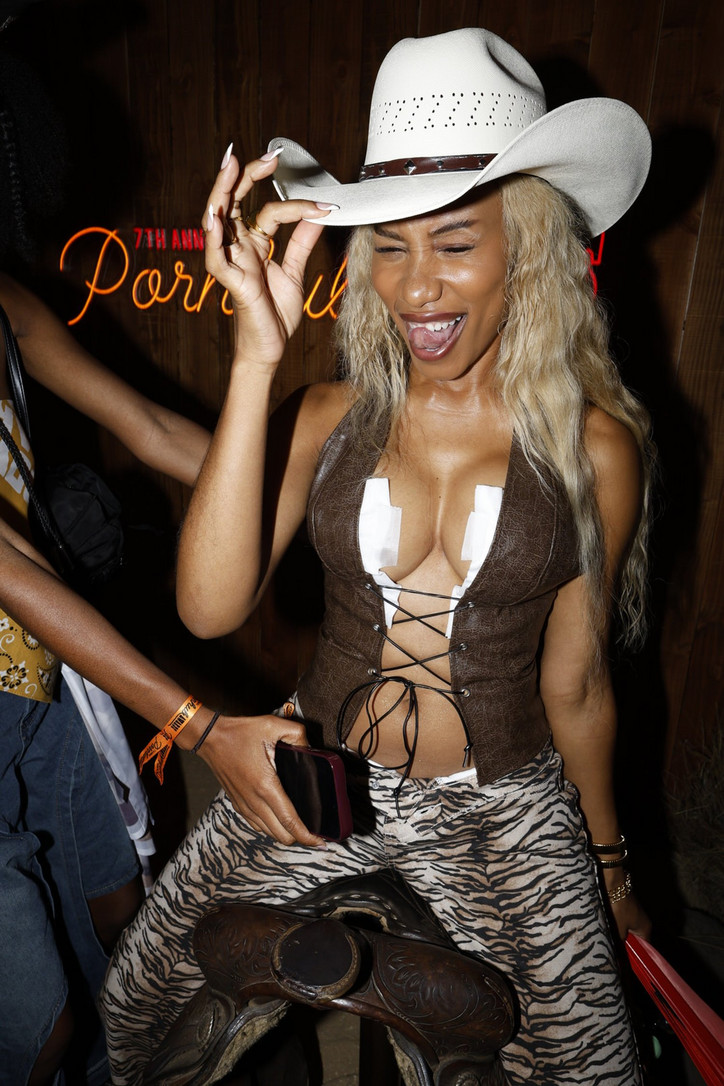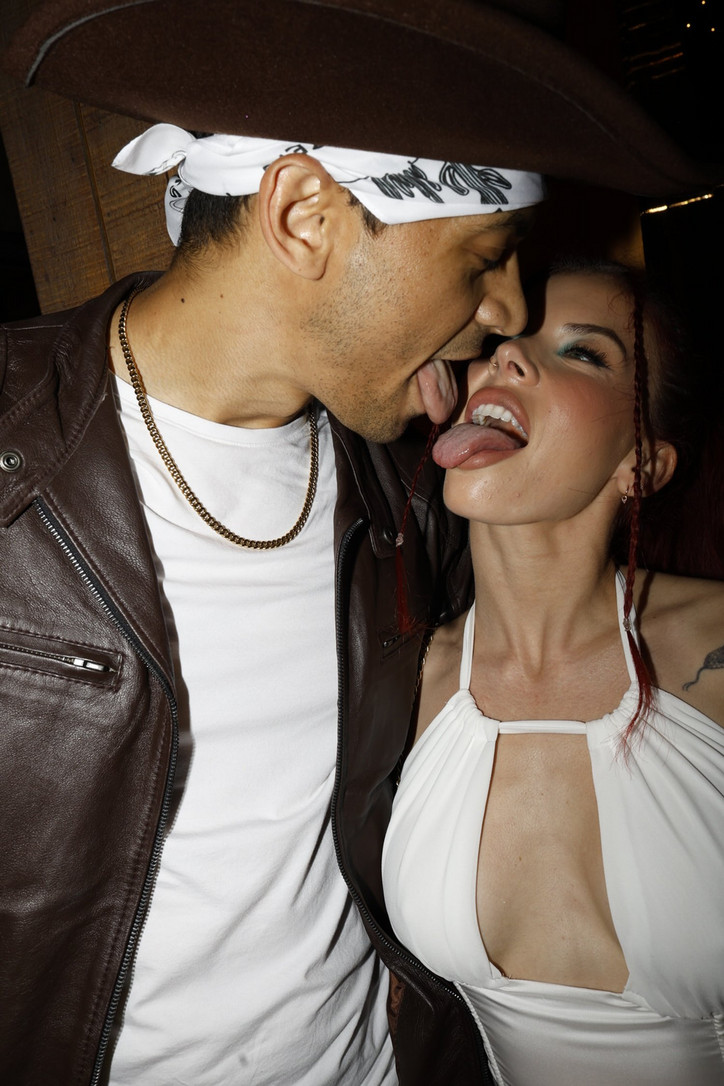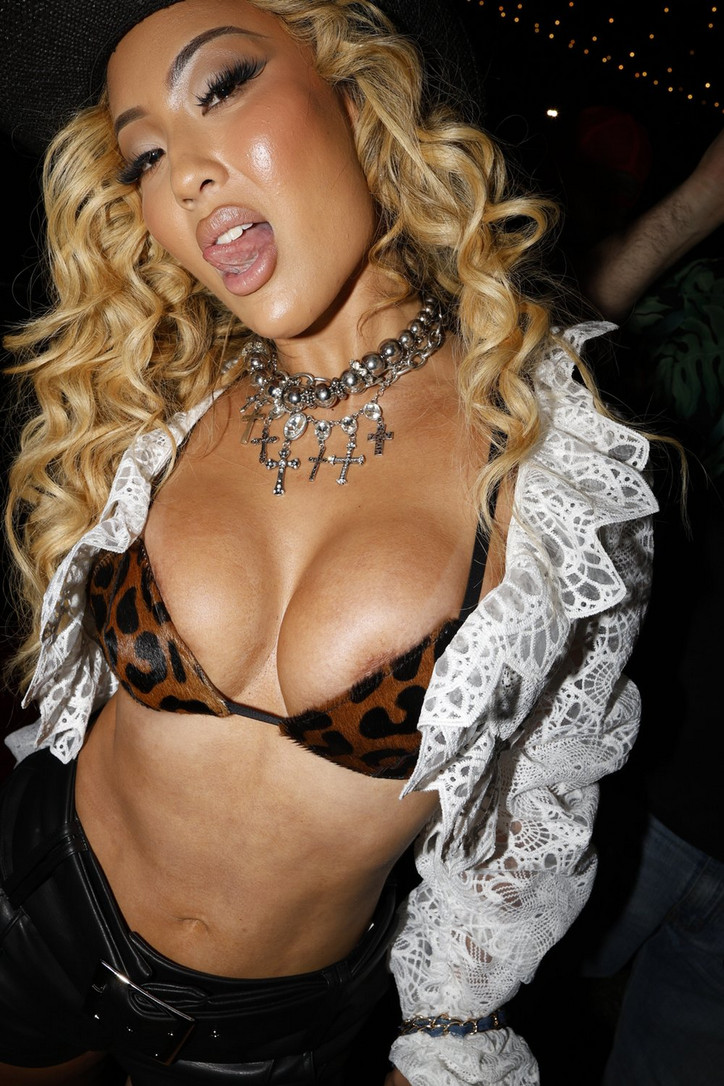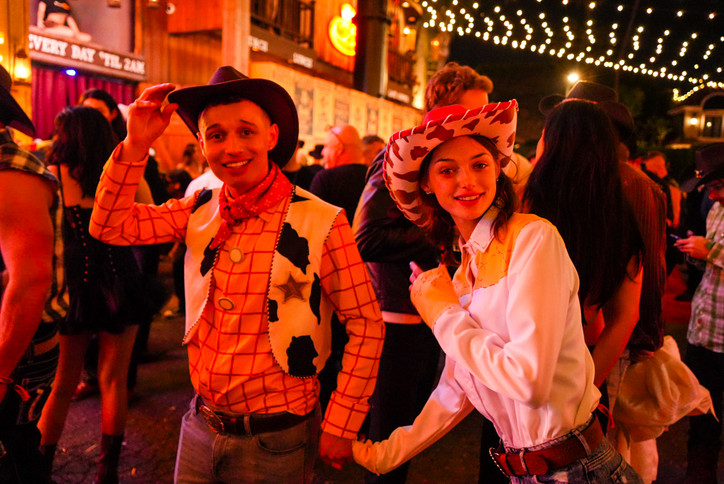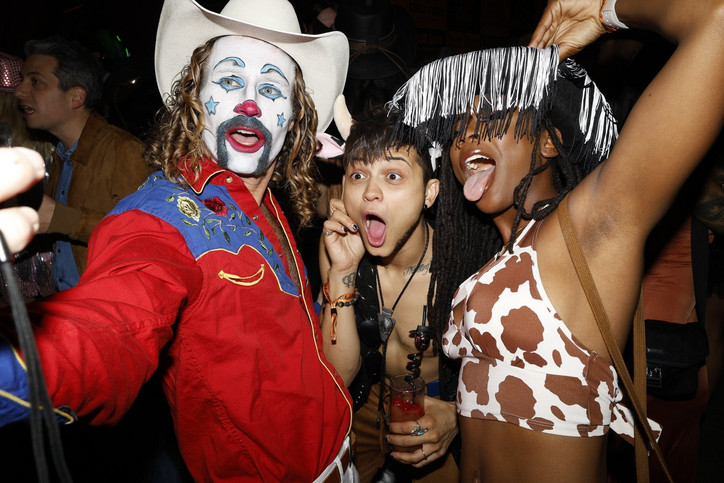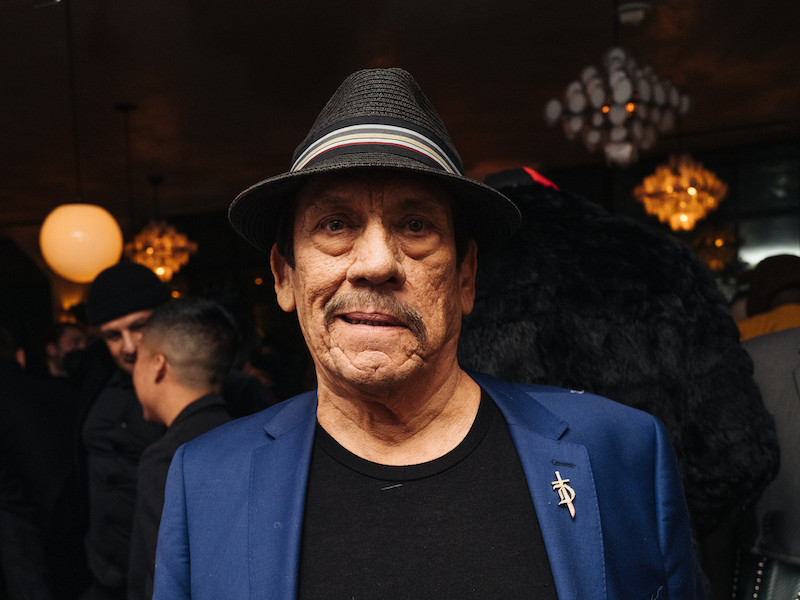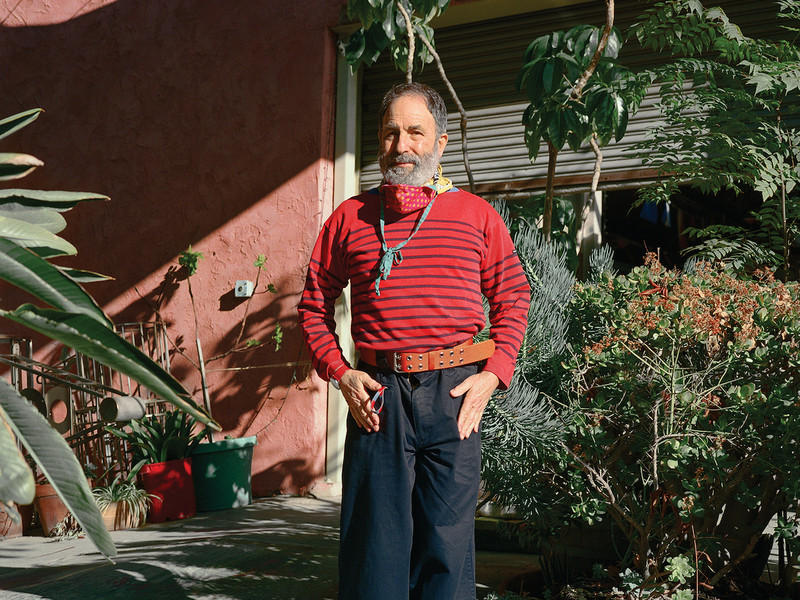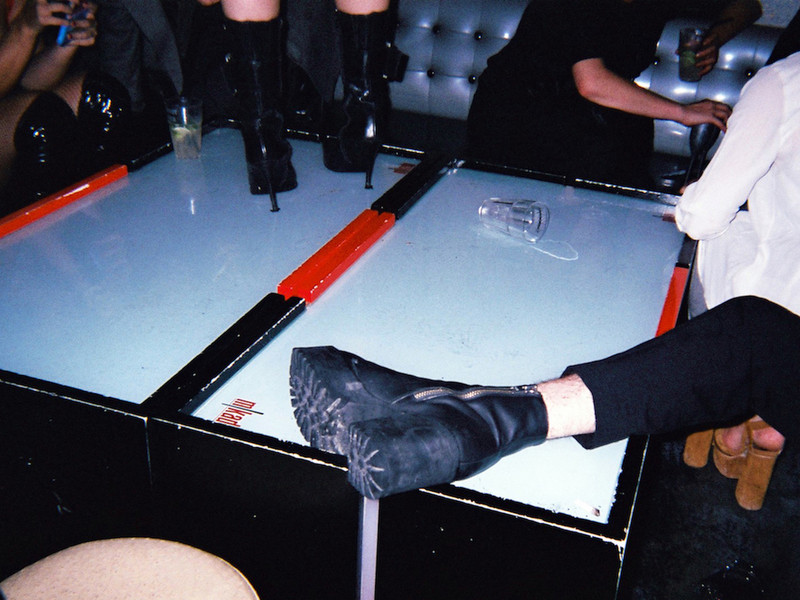Why are Certain Bodies being Censored on IG? : Uye Surana

office sat down with founder, Monica Wesley, to get the tea on this matter: why brands are censored for showing all-gender and size inclusive imagery.
Non-male bodies have been policed since the dawn of time, and this is a continued issue on today’s platforms. One can be sexy but not sexual, especially if it’s from the point of view of the male gaze or serving the male gaze. When the woman or non-man has the agency over their body, when they’re the one in control, suddenly the image violates community guidelines.
You may be thinking, “No way, I’ve seen lots of models and influencers post sexual content on Instagram that doesn’t get taken down.” But how many of those influencers are fat or plus sized? How many of them are queer? Disabled? According to Wesley, the system is seriously working against these groups.
Monica showed office two images that were left up on Instagram. One of a man with a naked woman draped over his shoulder like an object, taking a mirror selfie with his phone strategically placed “censoring” her. The next is an influencer’s photo of herself in lingerie. These photos are acceptable to Instagram, while Uye Surana’s product representations seemingly are not. “Clearly Instagram does not treat accounts the same,” Wesley explains. “These are both examples of content that by Instagram’s standards should not be discoverable across their platform and maybe one might argue that they should have been removed based on other similar content they have taken down in the past.”
Uye Surana has been flagged for “overt sexualized positioning,” and has suffered from Instagram’s recent “Sensitive Content Control” that was put into affect this past summer. “We’ve always received product violations… on a regular basis. While I consistently submit appeals, which usually get the products approved, this is only a temporary solution. Facebook continues to review our products frequently and takes them down for the same violations.” Uye Surana is not alone in this struggle. Many other small businesses that market lingerie, undergarments, or anything related to sex or sexuality are censored consistently. The excuse is that it’s about censoring sexually explicit content, though we see that when the woman is thin enough, or the photo is tailored to the male gaze, suddenly it’s acceptable. So, it’s really not about sex. It’s about control.
The more Uye Surana has attempted to correct this issue and recover their outreach, they’ve noticed their content continues to be pushed further and further away from their followers and from discovery. Wesley notes, that the Sensitive Content setting “limits and does not differentiate between ‘sexually suggestive or violent’ and ‘drugs or firearms’. So they are saying you have a choice if you wish to seek out ‘Sensitive Content,’ but clearly you don’t actually have that choice,” she claims. This is why censorship is such a slippery slope. It’s a question of what these platforms really are protecting us from, and why. It’s a question of choice - shouldn’t we have one? Who are the victims of accounts like Uye Surana, who are trying to offer a wider variety of people something to feel sexy and confident in?
Below is our conversation with founder of Uye Surana, Monica Wesley. See what she has to say on this matter!
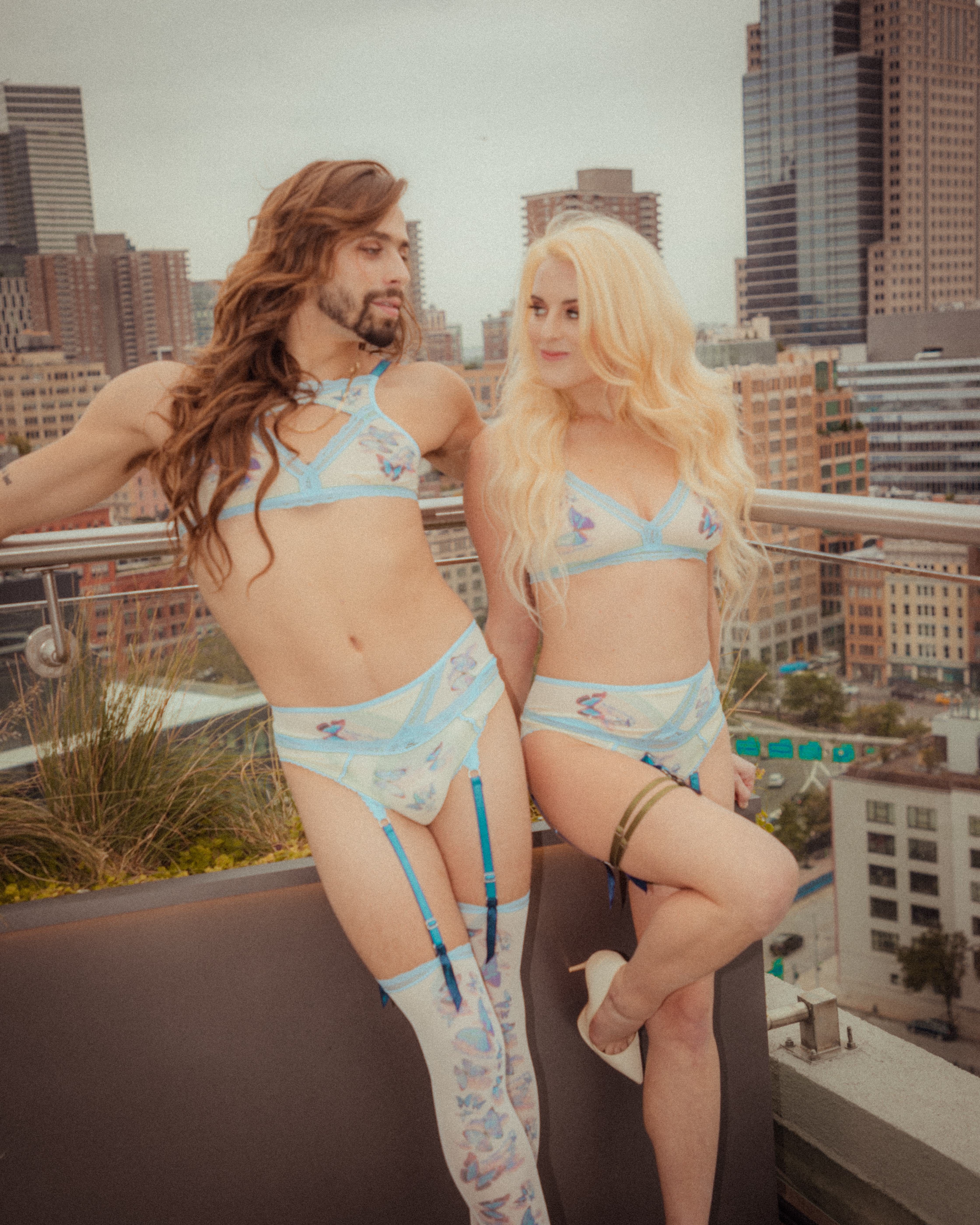

Above photos picture Dale Keswick and Rachel Lynch, then Gina Sophia Zamudio.
What is the mission of your Uye Surana?
I founded Uye Surana in 2012. During my time, it was developing garments that were intended to be both as comfortable as they were beautiful, and we focused on soft lingerie and adjustable styles. Empowering the wearer to take control over their undergarment. Have it feel like it fits well, it looks good, give them some ways to adjust it during its lifespan.
Do you think your goals have shifted since 2012 when you launched the brand?
Yes, little by little I wanted to include different groups of people and be able to develop garments for them. Having a background in design and being very perfectionistic, I had to work with different people first to be able to find garments that would work with different body types. I began with expanding our bralette range sizing to accommodate more of a small back and full bust woman. Then, shortly after that, I expanded our size range to 2XL, 3XL, and worked with fitting people who were plus sized and learning what the difference is and what their needs were. As I’ve gone on, I’ve begun to see different groups of people and try to think of how they can be included in the design.
What kind of instances of censorship have you come across? Why do you think this is?
I have been working using Facebook and Instagram since the beginning of when these products were available to brands. I, as a small business owner, had to use them to build awareness for my company, and I’ve invested a lot of time into them. I’ve experienced from the beginning that they’ve allowed products to be tagged on Facebook and Instagram that they are constantly going through this frustrating cycle of disapproval. Where first they go up for approval, then, during the process, a few of them, a lot of them, whatever, get rejected. There’s not necessarily anything you can find different about it. In the replies that they give now, ‘cause I had actually looked over -- I had taken some screenshots when I was frustrated back in 2019 over their rejections of products, and then I looked at them more recently -- and the replies have become even more vague. All that they say now is that the products are rejected due to “overtly sexualized positioning,” and that that should somehow be corrected. Not how one can correct it. I mean, I am so careful with how we promote. There are no exposed nipples, no exposed anything. I blur things out, we always use covers. We’re super, super careful. But, somehow there’s always some way, and you’re always left guessing because they’re not clear guidelines. I’ve been very frustrated trying to look for information and articles. I’ve actually spoken to a marketing expert from Facebook that, when you have a brand account, one of Facebook’s marketing experts will reach out to you from time to time to try to set up a call and see how they can help you successfully run ads. I met with them to get some insight into how I can get these products approved [for advertisement]. I can submit an appeal, and sometimes they get approved again. Probably a handful still get rejected no matter what. How can I fix this? So, I spoke to the marketing expert, and they were surprised and had never heard of this issue before, which, to me, was really surprising. They said, “Well, you know what? I’ve actually never worked with a women’s lingerie brand before.” He noted he had worked with a mens underwear company. I asked if any of their products had gone through this and been rejected, and he said, “no, never once.”
It’s a situation I’ve dealt with for as long as I’ve dealt with the platforms that I’ve largely stayed silent about because how most people view my work is through a brand. They don’t see me as a person who might speak up about things that bother them. But I’ve been experiencing it, and then in 2019, Instagram came out with this “demoting of vaguely inappropriate content.” There’s only one article on TechCrunch that provides two examples. I tried to find so much more information on how to get around this, but there’s only that one article out there. It’s a woman sitting three quarters in an opaque bra and some panties on a bed smiling, and a close up shot of a man wearing jeans grabbing his crotch. Those are the examples that the platform provides as vaguely inappropriate.
As a lingerie brand, I don’t really have an option. The content is already downgraded by the platform. On top of that there’s now this "sensitive control." Another level of downgrading. They’re going to “give you a choice,” but the default is that you will not see content that is potentially offensive, which is sexually suggestive or violent, could be about drugs or firearms. Any of those four categories they’ll limit out. They won’t give you the option of deciding for yourself what you might find offensive. Most people are largely unaware of that. There is really no choice. There’s censorship on top of censorship. It’s a little disheartening. I don’t know what else I could say.
That’s understandable. I find it disheartening, and I’m not even in your position. You’ve suggested that gender and sex is a factor, how does body type and race play into it in your opinion? What other factors are there that you believe affect censorship, too?
I’ve long seen conversations and known that body type, like if you’re a plus sized or larger body, the skin ratio is automatically going to be censored because there’s more skin to be shown. There’s a big demographic of people that have to cover up a lot more in order to have their photos be shown.
So, your brand being a brand that focuses on accommodating a lot of different body types means it’s automatically going to be censored more over brands that only pay attention to XS-L sizing, which is really unfortunate and not fair.
Right. It feels like my brand has kind of been doing things a little bit before they’ve become popular for bigger brands to do them. We’ve included different groups and thought about different people before it was even on the radar for big brands. A lot of the reasons that Uye Surana’s audience follows us is because they feel inspired. They know from a deep place that we want to show them, and show them different types of people to the best of our abilities. A lot of diversity, body type, race, gender, whatever areas we feel like we can. That’s a lot of why our audience follows us. So it feels really difficult, because the things our audience wants to see are the things that have to be censored and hidden from the platform. And things they don’t care as much about are the things that are acceptable. These things work against each other with factors of trying to get past an algorithm that just cares about likes versus trying to get past censorship. So those things combined make it so that we’re at a kind of plateau level that we can’t really -- even though I see people follow us every day, I’m like, You’re not gonna see our content, it’s not going to show up on your feed.
It’s all so ironic because it’s okay when there’s a man present who has agency, or it’s okay when it’s for the male gaze.
It’s okay when it’s shown through a male lens. That’s what really baffles and upsets me about this image I sent you of this man holding a naked woman over his shoulder like she’s some sort of prized cattle, and just to censor one part of her body that absolutely could not be seen with his cell phone to capture the moment. That’s what can be seen across the platform on the Discover Page? Because it’s through a male lens. If a woman does it then it’s not acceptable. These are not things that you can say that the platform says, because the platform doesn’t want to say anything. But, after observing for so long, these are the only things you can conclude because it becomes very apparent over time. This other photo, next to the man with the woman over his shoulder, this influencer with the see-through top and her nipples are showing. And the product image below of the model with a mesh top and her nipples are showing. I can’t really sell mesh products. They often get rejected even when no nipple is showing at all. I think it is possible the platform is internally labeling, like, This is a brand that constantly violates policy, or We know it’s a lingerie brand that isn’t acceptable to us.
I can’t help but think it has to do with the size of the breasts as well.
I try not to think that something is happening unless I really know it’s happening, and to a certain extent, you really know it’s happening. I think what definitely happens is that you can show the body every five posts. You can show a woman in a bra and panty set. But the other four or more posts are all a jacket and a coat. Occasionally “violate policy?” That’s okay. A lot of time I see the image of them in almost nothing does better than the images of them in a dress and blah blah blah. But if every post you have is like that, I think they label your account and hide all your content.
Well I really hope this interview reaches some people and helps in whatever small way it can. The hypersexualization of women, bigger women, women of color, it’s an issue I really care about that I believe is largely at play here.
The fetishization.
Exactly. The larger message is repeatedly pushed to society, not just on social media, but that women’s sexuality and our bodies are only allowed to be sexual through a male lens. Or are only appropriate to be viewed through a male lens.
Yes. That’s very true. You can’t let women have the agency to profit off of that. Only men can.
Yeah. Makes my blood boil. So what can people do to help combat this issue that you and your brand are facing?
It feels as though, as a brand, our voice has been taken away. And so by trying to speak out and bring awareness, when I initially spoke to my colleague Katie, that’s when I wrote the first press release we sent. That’s when we posted the video about the sensitive control and to turn on the “allow” feature. But at this point, there is no small “turn allow” feel. It just feels like there really is no awareness toward this at all. It needs to be more of a conversation. When you think about it, our content can’t really be seen. It does affect sales, we can’t tag products, Facebook and Instagram want to push their “Shop” section more, it’s not really a big possibility for us. These things do affect women, non-cis men. They affect your livelihood, your freelance, your income, they affect businesses owned by these groups. It’s just, you know. The people in charge of these things don't want any of that to change.
Why do you think Instagrams like the Fenty X Savage account are able to post raunchier things? Do you think that has to do with followers?
It’s also because, like, if you’re a celebrity you can do more things. The bigger you are, the more resources you have. They probably have better connections to Facebook and Instagram because they spend more money there, they might have more of an “in” and be able to get past these things.
But in terms of what people can do to help Uye Surana and other small brands that may be experiencing this, to add to your answer, would be to support those small brands and maybe share their pictures on Instagram…
Sure. Support, share, comment. Don’t assume the brand is expecting you to buy. We also just want to engage with our followers.
That’s a really good point.
We love when people send us photos when they do buy something or comment what they like or what they’d like to see more of, why they follow. It becomes ever so much more feeling silenced and you can’t do anything about it when your audience is cut off from you. Just engaging.
What makes your brand stand out from other lingerie companies?
I think that it’s a unity of the design and the comfort level and the putting the wearer in control of how their garments can fit their body. Offering all of our styles through our full size range, working with creating unique prints and things that are fun and playful and reducing what waste we can with our dying processes and techniques.
What inspires your designs?
I think a lot about the functionality and something fun. I like a lot of different lingerie that can be incorporated into your outfit or plays with outerwear ideas and plays with something different. For prints, I really like researching and looking at different nature imagery.
I think that definitely comes across in your designs, especially in the high neck bralette; that piece is so functional for a cute outfit or as an undergarment. Lastly, when do you feel your sexiest?
My hair when I take it out of a bun, and it has perfect waves for, like, 15 minutes. Good skin days, boots I can walk in, lipstick, stockings, and matching lingerie sets that coordinate with my outfit. Like, from outerwear to what's layered underneath!

